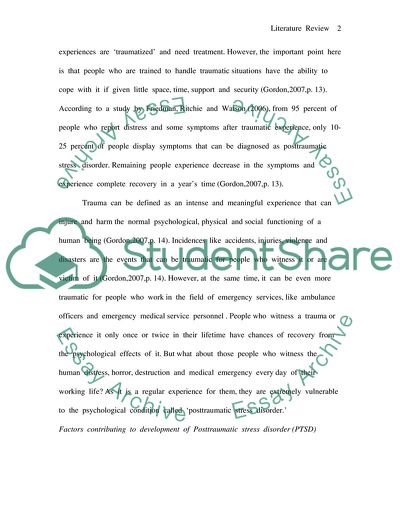Cite this document
(“Literature review- prevelance of sleep disorders, stress, depression, Essay”, n.d.)
Literature review- prevelance of sleep disorders, stress, depression, Essay. Retrieved from https://studentshare.org/miscellaneous/1558287-literature-review-prevelance-of-sleep-disorders-stress-depression-andor-suicide-is-higher-in-paramedics-than-other-occupations
Literature review- prevelance of sleep disorders, stress, depression, Essay. Retrieved from https://studentshare.org/miscellaneous/1558287-literature-review-prevelance-of-sleep-disorders-stress-depression-andor-suicide-is-higher-in-paramedics-than-other-occupations
(Literature Review- Prevelance of Sleep Disorders, Stress, Depression, Essay)
Literature Review- Prevelance of Sleep Disorders, Stress, Depression, Essay. https://studentshare.org/miscellaneous/1558287-literature-review-prevelance-of-sleep-disorders-stress-depression-andor-suicide-is-higher-in-paramedics-than-other-occupations.
Literature Review- Prevelance of Sleep Disorders, Stress, Depression, Essay. https://studentshare.org/miscellaneous/1558287-literature-review-prevelance-of-sleep-disorders-stress-depression-andor-suicide-is-higher-in-paramedics-than-other-occupations.
“Literature Review- Prevelance of Sleep Disorders, Stress, Depression, Essay”, n.d. https://studentshare.org/miscellaneous/1558287-literature-review-prevelance-of-sleep-disorders-stress-depression-andor-suicide-is-higher-in-paramedics-than-other-occupations.


